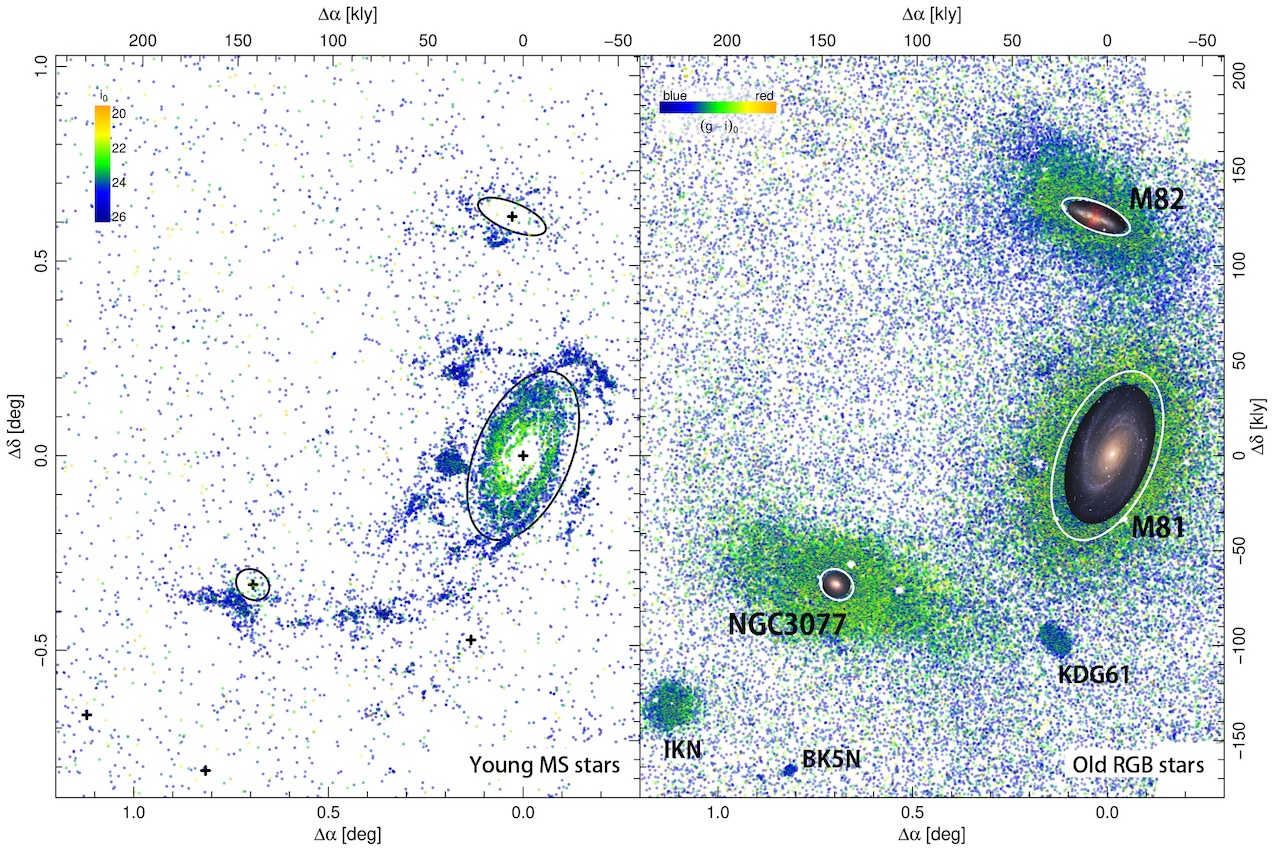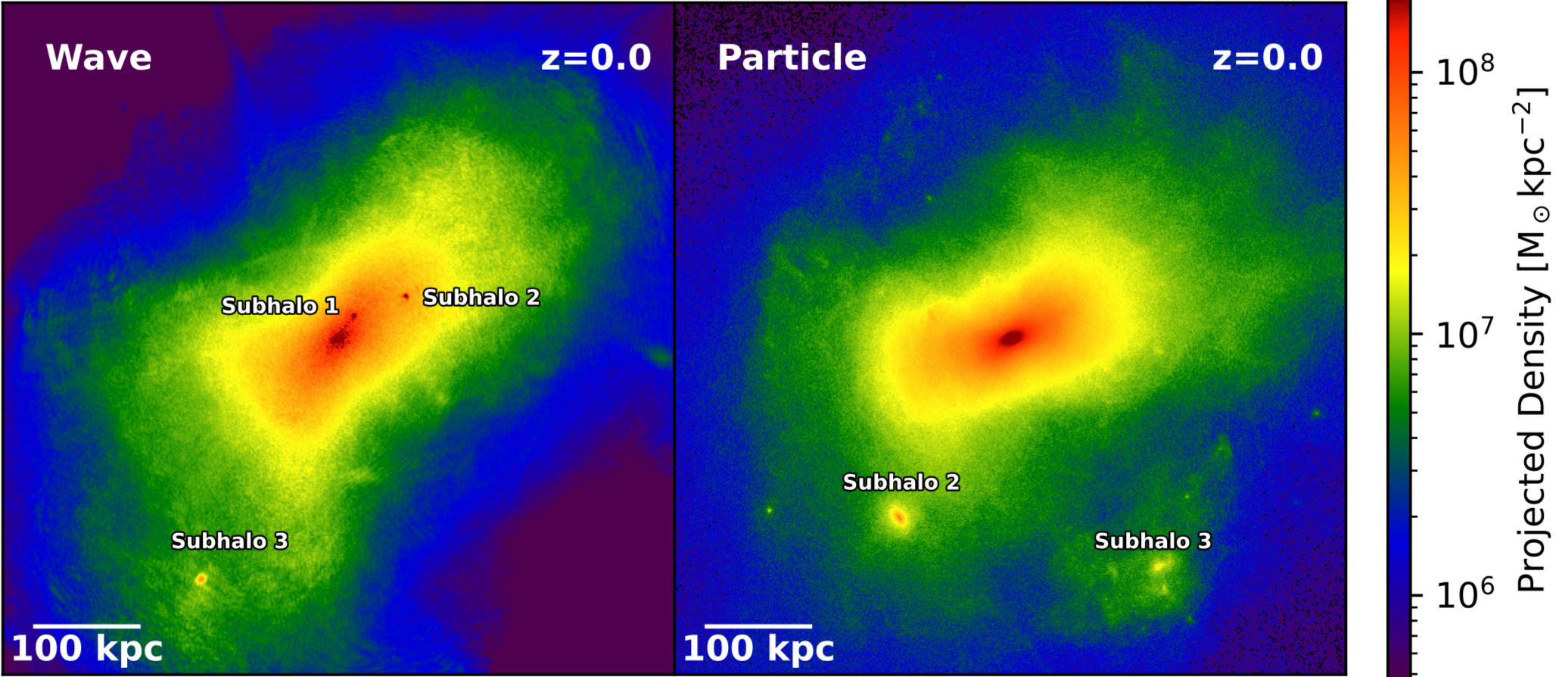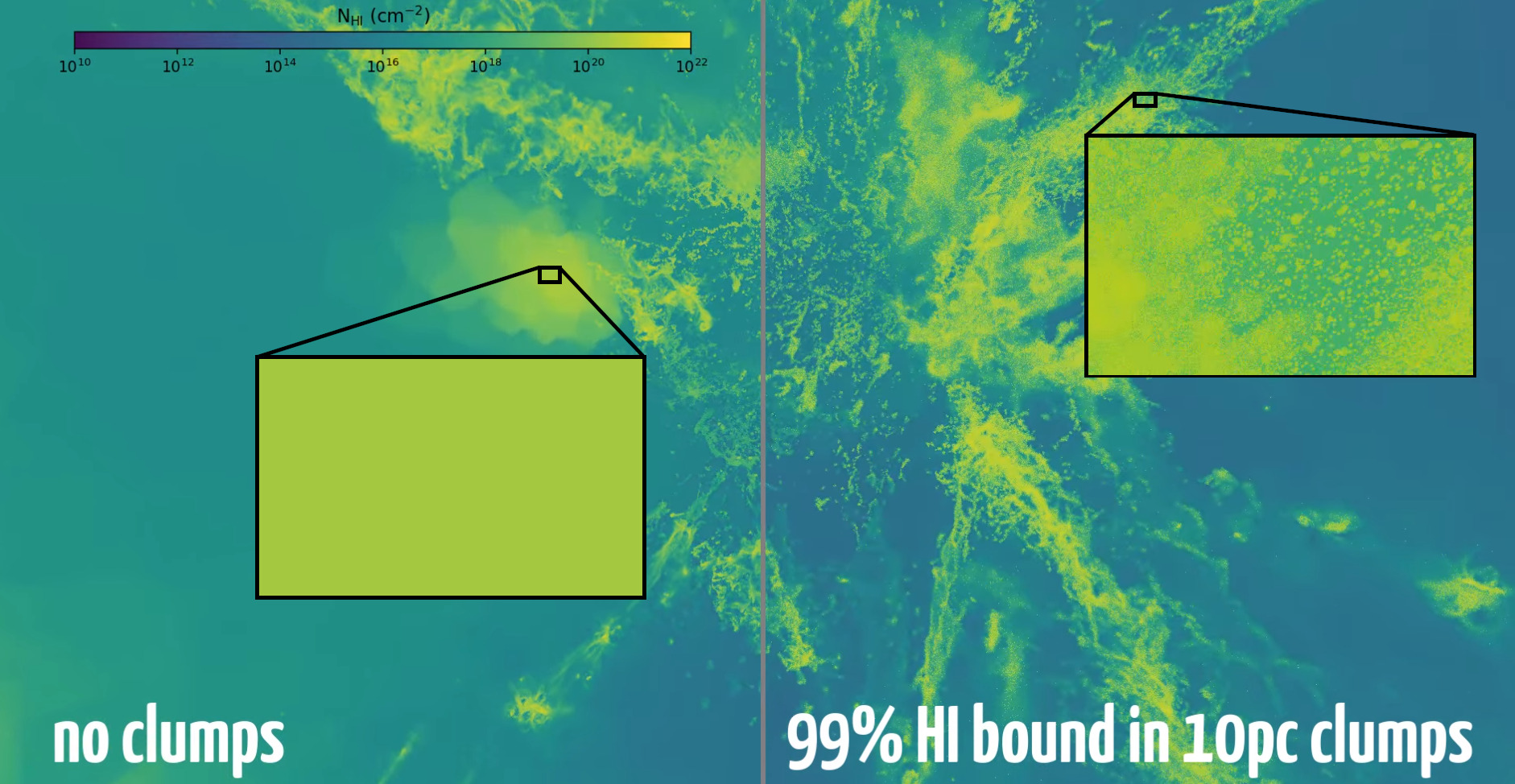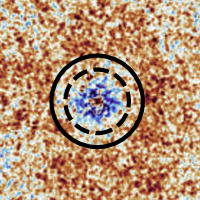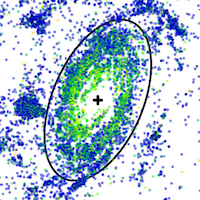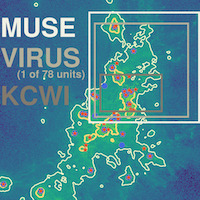Connecting high-redshift galaxies and the intergalactic medium
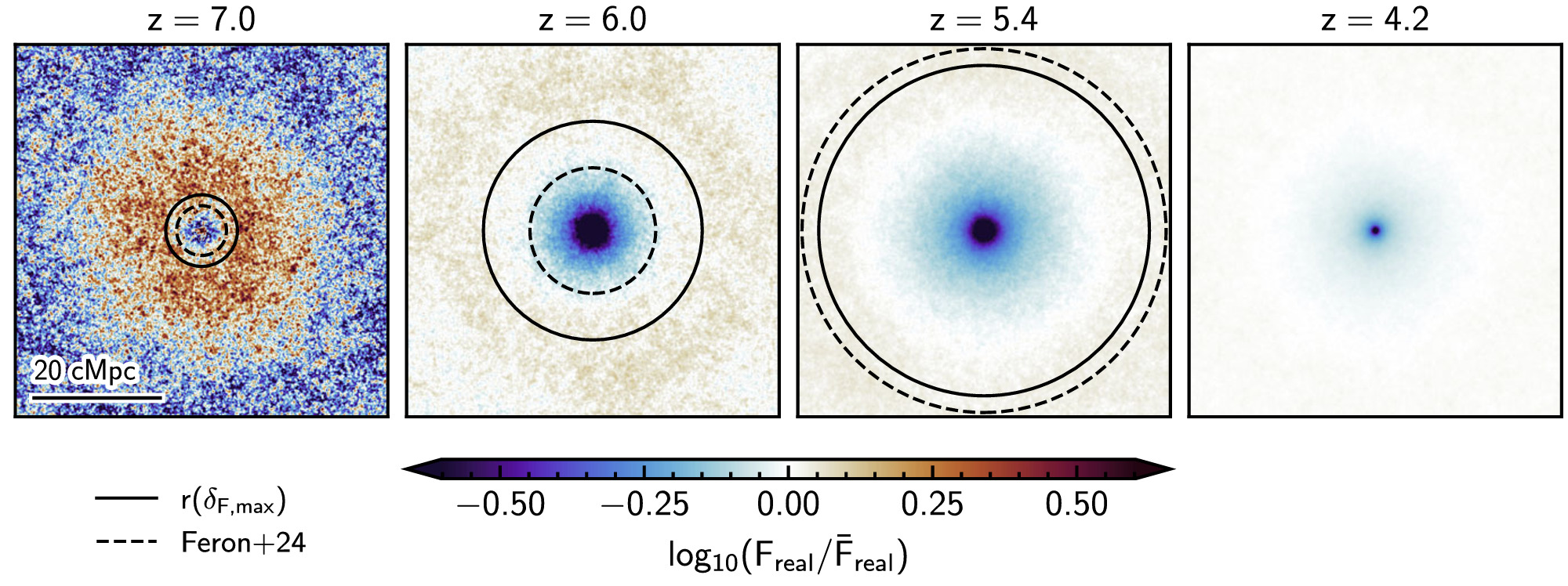
Luke Conaboy
University of Nottingham
Recent work has suggested that, during reionisation, spatial variations in the ionising radiation field should produce enhanced Ly$\alpha$ forest transmission at distances of tens of comoving Mpc from high-redshift galaxies. I will present results from our study -- which includes the largest simulation box ($L \sim 240$ cMpc) used to...


 和 英
和 英 